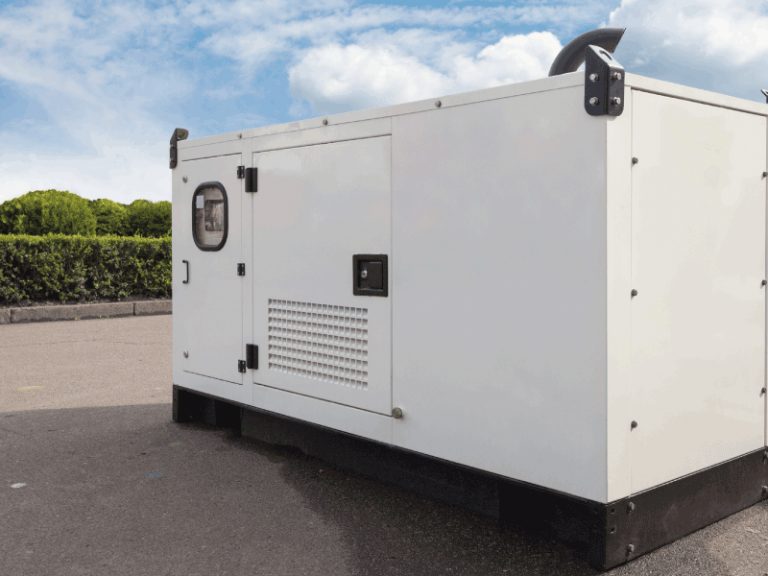
Grid Generator Separation in the Electrical Energy
Generally, energy distribution is produced through the grid belonging to the electricity distribution company and consumption is invoiced by distribution companies based on the electricity unit price. However, power interruptions may occur in energy distribution chain due to various failures. Today, we have no tolerance for power interruptions and these interruptions may continue for hours sometimes. Therefore, generator utilisation as spare power source increases every day. Surely, the cost of the power generated by the generator is very high than the power provided from the grid due to high fuel and maintenance costs.
As energy consumptions of users in systems backed-up with generator shall pass through the meter of distribution company, higher invoices are issued. Users shall give fuel money for the power generated with their generators and also pay the power price to the distribution company. Despite this is not logical, it is occasionally implemented and settled by courts due to not being a just approach.
Two methods come into prominence for solution. First of them is to create a secondary energy distribution line for every consumption point and measure amount of the energy passing from that point with a separate meter and this method is very expensive.
The second method is to perform this separation over a single meter. Namely, external tariff change input can be used in electronic meters and meter can write consumption to another tariff when signal is received from that contact. However, only distribution company can make intervention and read the meter belonging to the distribution company under laws. Therefore, implementing this solution in meters belonging to distribution companies is not possible unless EPDK amends this law.
 As a solution, submeter system is being used. Energy distribution companymounts meters for invoicing only to main supply points of building or campus and create invoices only for these meters in submeter systems. These invoices received for collective consumption are distributed to consumers through submeters having tariff change input. When generators are operated, tariff inputs located on the electricity meter are triggered and the meter detects that the power being consumed at that moment is provided by the generator and records to another consumption area, namely to the tariff. As this function can only applied to C1 type subscriptions projects should be drawn accordingly and approval should b received.
As a solution, submeter system is being used. Energy distribution companymounts meters for invoicing only to main supply points of building or campus and create invoices only for these meters in submeter systems. These invoices received for collective consumption are distributed to consumers through submeters having tariff change input. When generators are operated, tariff inputs located on the electricity meter are triggered and the meter detects that the power being consumed at that moment is provided by the generator and records to another consumption area, namely to the tariff. As this function can only applied to C1 type subscriptions projects should be drawn accordingly and approval should b received.
Systems installed with submeters can be supported with meter automation systems for fair distribution of the energy supplied by the grid. These systems split the energy consumed at main inputs based on consumptions of connected submeters in the grid tariff, add the consumption in the generator tariff and create expenditure detail. These expenditure details may be shared with consumers within scope of contribution.
 Meter automation systems C1 create alternative solution for non-C1 subscribers. In this alternative, automation systems can be established and operated on behalf of distribution companies. Disadvantage of the alternative is to cause illegal electricity consumption by having meters to change tariff with a contact input (indicating the energy taken from grid as generated by the generator). Therefore, distribution companies should place meter to generator outputs and compare consumption of this meter and consumptions of submeters. Data collected from meters can be automatically transferred to distribution company servers with a safe connection and invoiced here in a fair way.
Meter automation systems C1 create alternative solution for non-C1 subscribers. In this alternative, automation systems can be established and operated on behalf of distribution companies. Disadvantage of the alternative is to cause illegal electricity consumption by having meters to change tariff with a contact input (indicating the energy taken from grid as generated by the generator). Therefore, distribution companies should place meter to generator outputs and compare consumption of this meter and consumptions of submeters. Data collected from meters can be automatically transferred to distribution company servers with a safe connection and invoiced here in a fair way.
Above mentions alternative is not implemented today but no other different and logical alternative is generated. Meter automation, as called as OSOS systems are candidate for providing solution as the first leg of smart grids. The “Active electricity energy consumption limit values compulsory to be available within OSOS scope of Distribution Companies” decision of EPDK in 2011 with the 3519/12 numbered decision, obligation of meter automation in OIZ with 5707-1 numbered decision published in the same year are indicators of this direction and future


